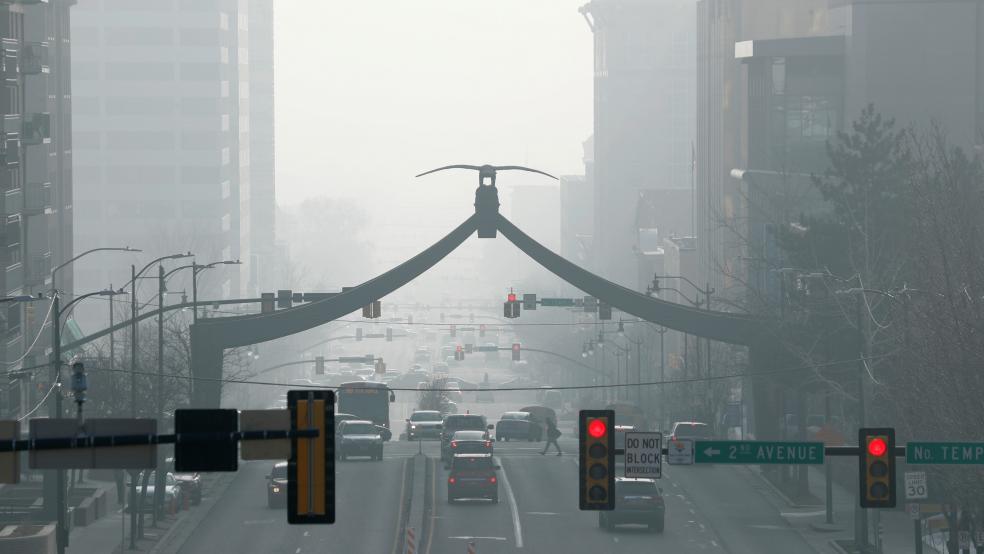The decision to withdraw the "once-in always-in" policy is part of President Donald Trump's effort to roll back federal regulations and was sought by utilities, the petroleum industry and others.
Sources of air pollution previously classified as "major sources" may be reclassified as "area" sources when the facility limits its emissions below "major source" thresholds, the EPA said. Area sources are subject to less strict pollution control standards than major sources."It will reduce regulatory burden for industries and the states, while continuing to ensure stringent and effective controls on hazardous air pollutants," Bill Wehrum, assistant administrator of the EPA's Office of Air and Radiation, said in a statement.The "once-in always-in" policy, which was established in 1995, has been a disincentive for power plants, factories and other major sources of pollution to pursue technological innovations that would reduce emissions, the agency said.The Natural Resources Defense Council, an environmental group, said the decision "is among the most dangerous actions that the Trump EPA has taken yet against public health.""This move drastically weakens protective limits on air pollutants like arsenic, lead, mercury and other toxins that cause cancer, brain damage, infertility, developmental problems and even death," John Walke, director of a clean air program for the NRDC, said in a statement. (Reporting by Eric Beech; Editing by Leslie Adler)EPA reverses policy on 'major sources' of pollution

GEORGE FREY



